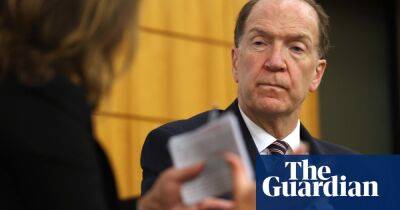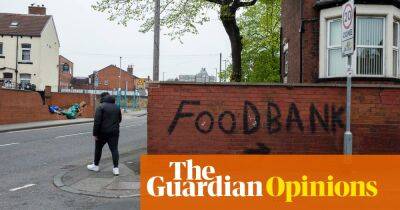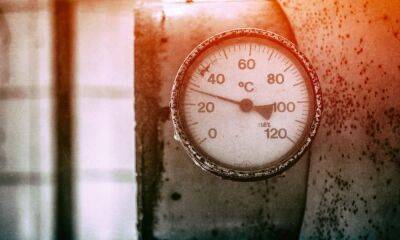‘We just want the truth’: British coastal towns fight for answers over mystery sealife deaths
Stan Rennie has indelicate hands that aren’t good for typing. He’s not the kind of person who cares much for technology at all.
But over the last year, the fisherman has found himself spending less time outdoors and more time glued to his computer, tapping out stern emails to politicians and researching niche areas of environmental law. “It’s taken over his life,” his daughter Sarah, 36, says.
Until recently, Rennie’s existence had been largely peaceful. Most mornings, he would head out to his small blue and white boat, the Sarah Lynn, and spend hours catching crabs off the Hartlepool headland. His wife Lynn would keep an eye on him from the living room window — just in case — as he pulled in rope-knotted baskets from the water, brimming with the day’s catch.
But on 28 September 2021, everything changed. For the first time in Rennie’s memory, his traps were near empty. The crabs he did catch were twitching, unhealthy, and died within minutes. “I didn’t have a clue what was happening,” says Rennie, 61. “After nearly 50 years of fishing, I said to my brother, ‘I’ve never known anything like this before’.”
The mystery of what caused the deaths is one that has consumed Rennie and thrust his small coastal community, along with others in the north-east of England, into the centre of a national political drama.
His story — of empty traps and dying crabs — was far from unique; from prawn trawlers to lobster fishers, “everybody was getting nothing”, he says. Over a cup of tea in a cabin near the port, Paul Widdowfield leafs through notes in his battered log book, detailing how, his catch, too, “fell off a cliff”.
Onshore, meanwhile, corpses were mounting. Photographs showing thousands of dead and dying crabs and lobsters piled up on
Read more on theguardian.com






















